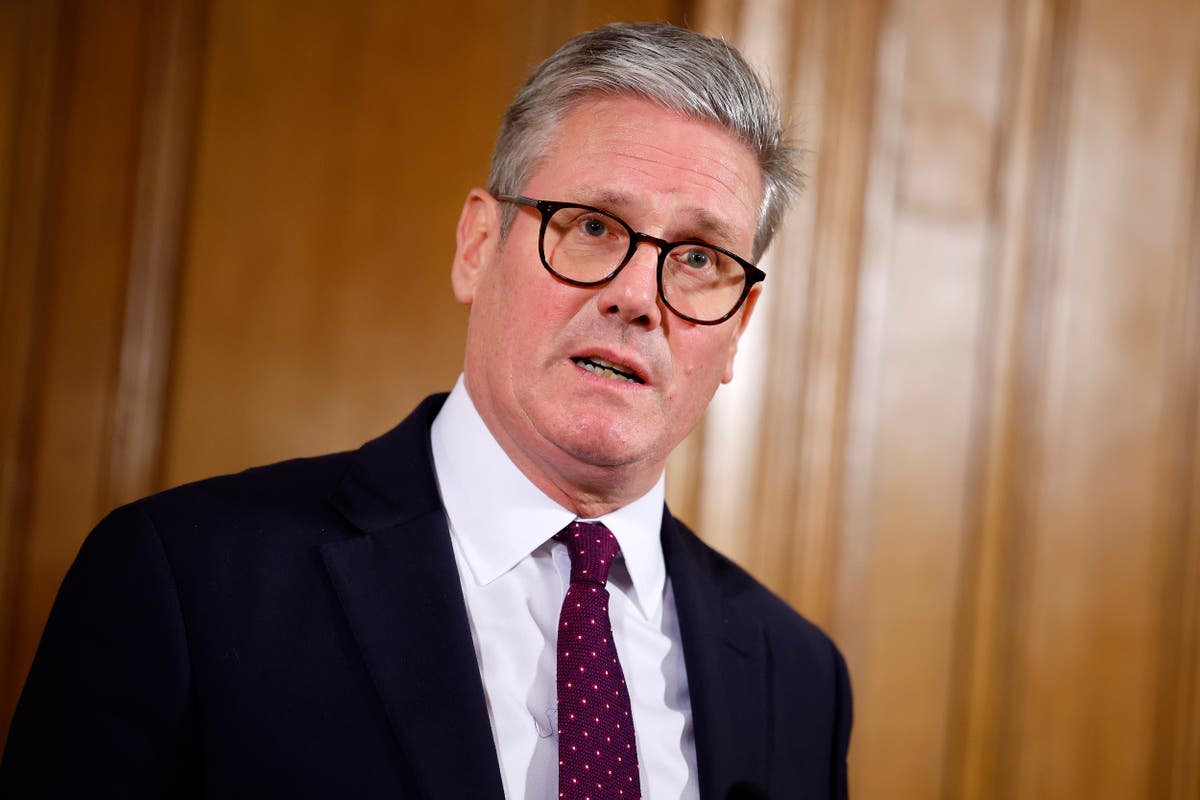[ad_1]
Analysis: Annual projections of climate pollution out to the year 2050, released by the Ministry for the Environment, show New Zealand is on track to reduce long-lived greenhouse gas emissions below net zero well before 2050.
Carbon dioxide and nitrous oxide emissions will hit net zero in 2041, according to the figures. That’s seven years earlier than was estimated last year.
By 2050, New Zealand will be removing nearly four million tonnes of greenhouse gases from the atmosphere each year. Gross emissions of the long-lived gases – excluding the carbon absorption effect of forests – will be 45 percent below current levels, driven primarily by ongoing fossil fuel usage in the energy and transport sectors.
Compared to the pathway modelled out by the Climate Change Commission, the new projections see New Zealand still driving more petrol and diesel cars and subsequently relying more heavily on forestry to offset that carbon.
The figures take into account policies put in place by the previous government, many of which have been or will be scrapped by the new coalition Government. Subsidies for electric vehicles and low-emissions industrial facilities like furnaces have all been withdrawn in recent weeks, while a review of the Emissions Trading Scheme to reduce incentives for planting pine forests on prime agricultural land was cancelled.
There is some reason to doubt exactly how robust these figures are, however. They represent a significant revision downwards from last year’s estimates, beyond what could realistically be attributed to actual policy. It is likely that methodological changes to how the emissions estimates are calculated is playing a role here.
“In the last year, there have been changes due to changes in the underlying Greenhouse Gas Inventory, and officials have improved how we calculate projections of expected economic activity and the impacts of policies,” a spokesperson for the Ministry for the Environment told Newsroom.
“Projections are not predictions, and the further out a projection is made, the more uncertain it is. All projections are inherently uncertain, and they can change. The assumptions which underly the projections – such as economic conditions, population growth, technological advancement, or even how favourable the weather is to generating hydroelectricity – can all change. The Government may add or remove policies, and new scientific information might change our estimates of our emissions. In future years, estimates of emissions (and the associated projections) may be revised up or down – both are equally possible.”
The figures also show New Zealand is not on track to achieve its 2050 biogenic methane target, to reduce emissions of the potent greenhouse gas by 24 to 47 percent below 2017 levels. That would mean methane emissions from agriculture and waste would need to be between 27.9 and 19.5 million tonnes in the middle of the century. The projections suggest agricultural methane alone would still be above 29 million tonnes, with waste adding another 2.8 million to that total.
The 2030 methane target, which seeks a 10 percent reduction, would be just barely met.
Even these figures are an improvement from last year’s estimates, but that appears to be more due to methodological changes than to any actual policies. The projections can only take into account policies that are already in place, meaning the failure of successive governments to implement policies to bring down methane emissions shows up in the failure to meet methane targets.
The new Government has said it will delay such policies further, by pushing back a price on agricultural methane by as much as five years.
The picture is similarly mixed for New Zealander’s shorter-term targets.
Domestically, the country needs to meet five-year emissions budgets on the path to net zero 2050. The first three of these budgets, covering 2022-2025, 2026-2030 and 2031-2035 have already been set and both major parties have promised to meet them.
The projections suggest New Zealand will meet each of these budgets, in some cases quite comfortably. However, this is also at least partly due to methodological changes. The Climate Change Commission is due to advise the Government next year on how to incorporate methodological changes into the climate programme.
The specific issue is that the changes show New Zealand’s emissions were actually slightly lower than previously estimated in the three decades since we began recording them. This isn’t uncommon – annual methodological changes can increase or decrease our historical emissions by small margins. However, it poses a problem when the budgets are presented as absolute amounts of emissions.
In 2022 to 2025, for example, New Zealand has to keep its emissions below 290 million tonnes to meet the first budget. That’s a lot easier if it turns out we’ve been emitting less all this time, so the starting point is closer to the end point. The commission may recommend that budgets should be recalculated alongside our historical emissions, so the actual level of ambition is the same.
This isn’t a problem for New Zealand’s other short-term target, under the Paris Agreement. This target is framed as a percentage of historical emissions, so the goal fluctuates in line with methodological changes. The new figures mean, to meet our Paris target, we must keep emissions across the decade to no greater than 560 million tonnes.
This is a daunting task, given the figure includes methane emissions. Policymakers have known for years that the Paris target can’t be met solely through domestic emissions reductions and New Zealand will have to purchase overseas carbon credits or pay other countries to cut climate pollution to make up the difference.
Under the new projections, that difference could be sizeable. Between 2021 and 2030, New Zealand is on track to emit around 631.5 million tonnes, meaning a buying programme of 71.5 million carbon credits.
The Treasury previously estimated the cost of the offshore buying programme at between $3 and $23 billion.
[ad_2]
Source link





















